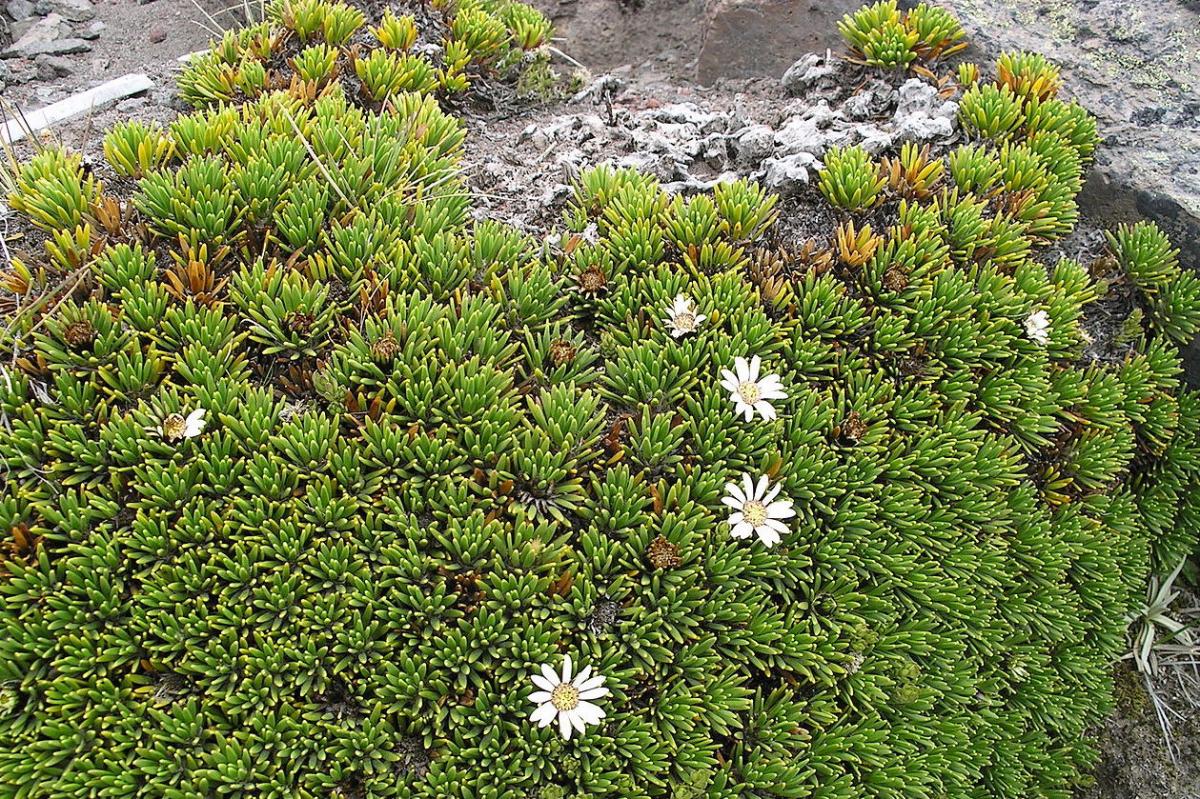D: Yaël, if I asked you what lichen was, what would you say?
Y: That's easy. Lichen's a symbiotic organism that's made up of fungus joined with algae or cyanobacteria.
D: That's what scientists would have said from 1867 up until recently. It turns out there's a third partner in the mix... which could explain why scientists haven't been able to make lichens in a lab, even when combining a fungus and algae known to partner together in nature, or why two lichens that are seemingly genetically identical could look or act so differently. That's actually what led to the discovery--a team was trying to figure out why the lichen Bryoria tortuosa is yellow and produces a toxic acid, while a lichen made up of the same fungus and algae, Bryoria fremontii, is dark brown and doesn't produce the acid. After analyzing the species' genes, the scientists found a whole new fungus lurking in the mix--a species of yeast from the understudied basidiomycete class.
Y: Wow. This is going to take a while to sink in. How do the researchers know the yeast wasn't just contamination?
D: They considered that, but they found the yeast in fifty-two other lichen genera all over the world.
Y: Okay, pretty convincing. So the whole idea behind symbiotic partnerships is that the organisms help each other. What do yeasts do?
D: Scientists think they might help support the lichen's structure, and also maybe produce protective chemicals, but it's going to take a while to figure out the details.
Y: In the meantime, I'll just be here, thinking about how my deepest held belief about the natural world is wrong.










